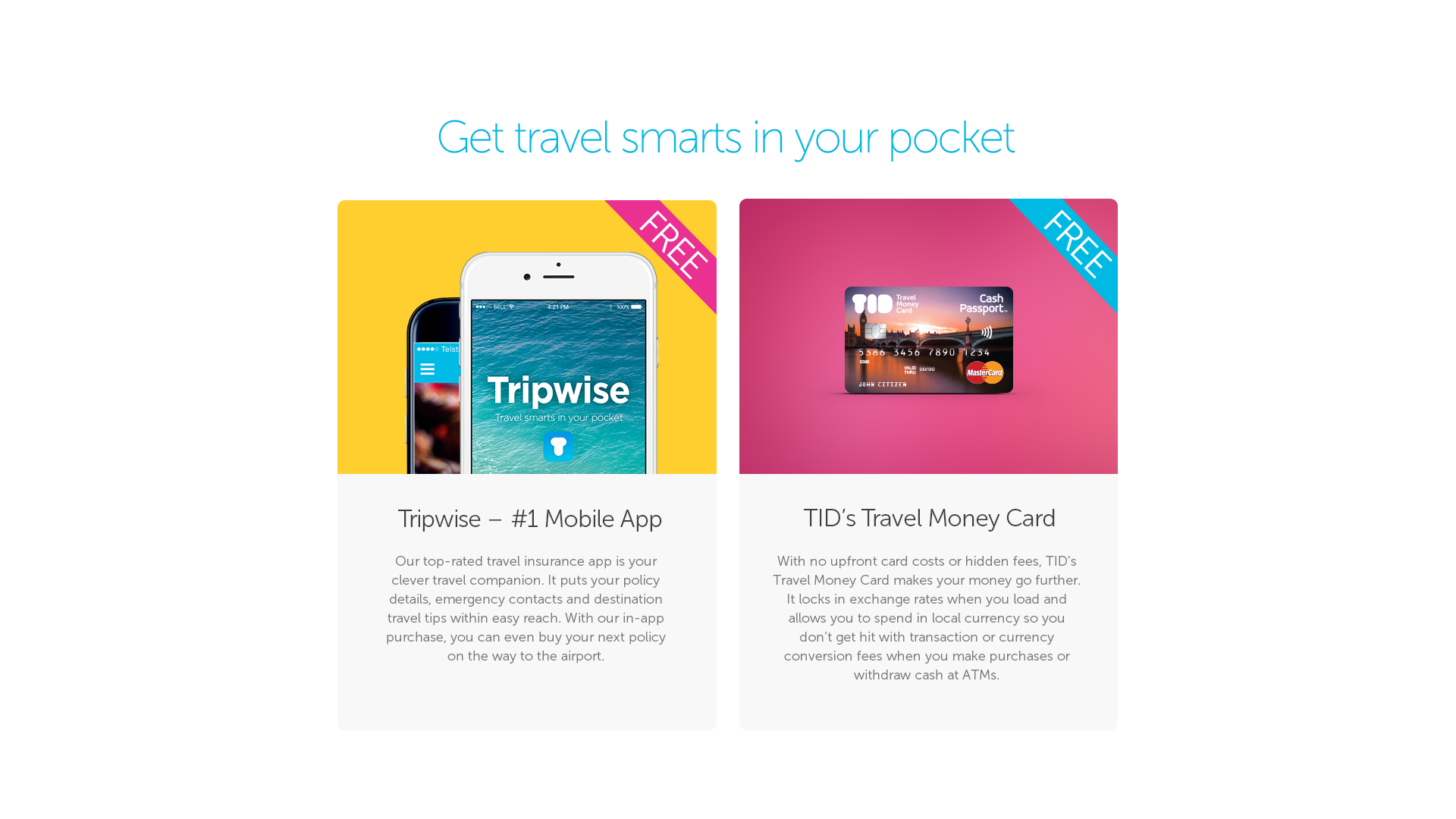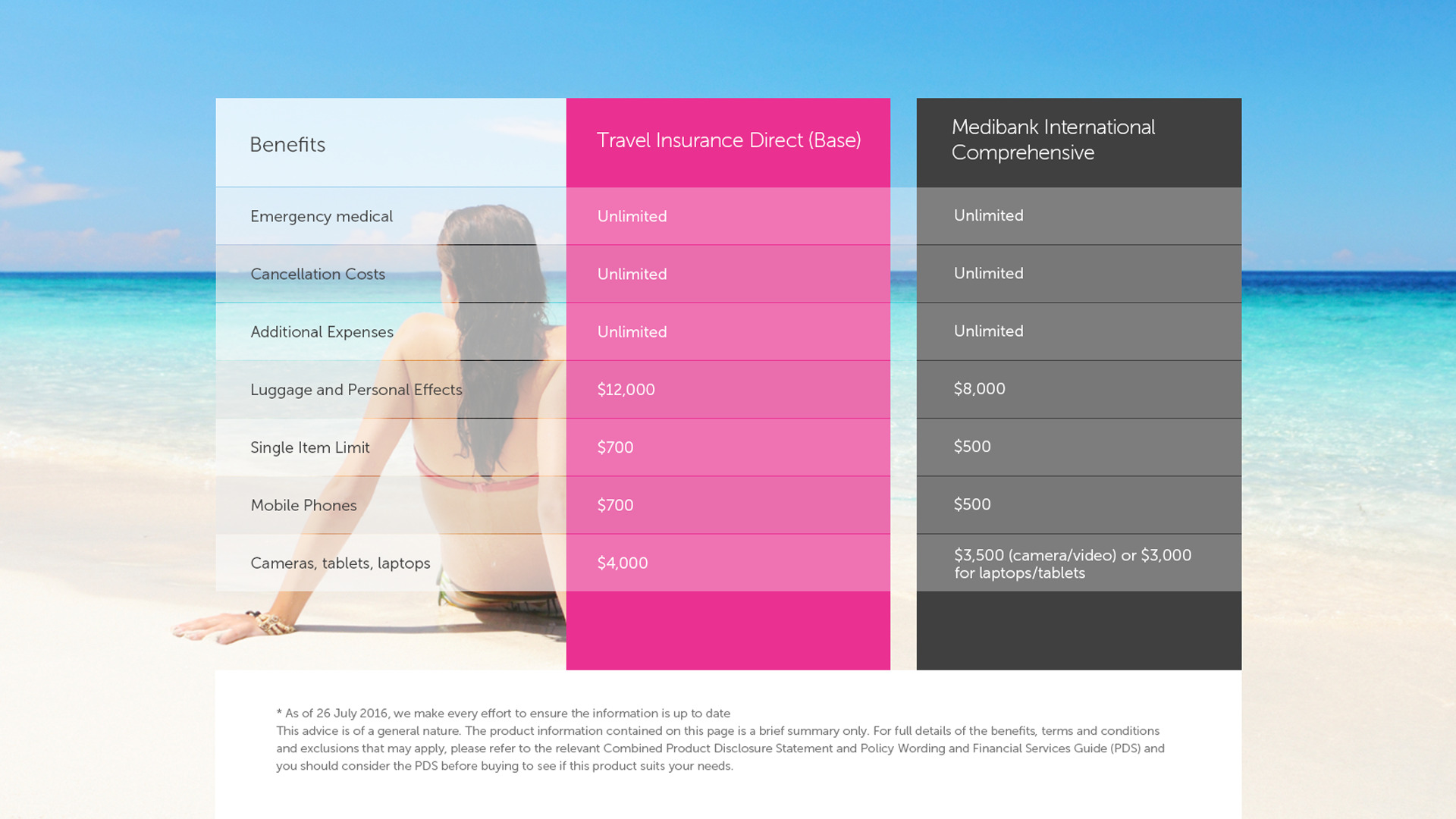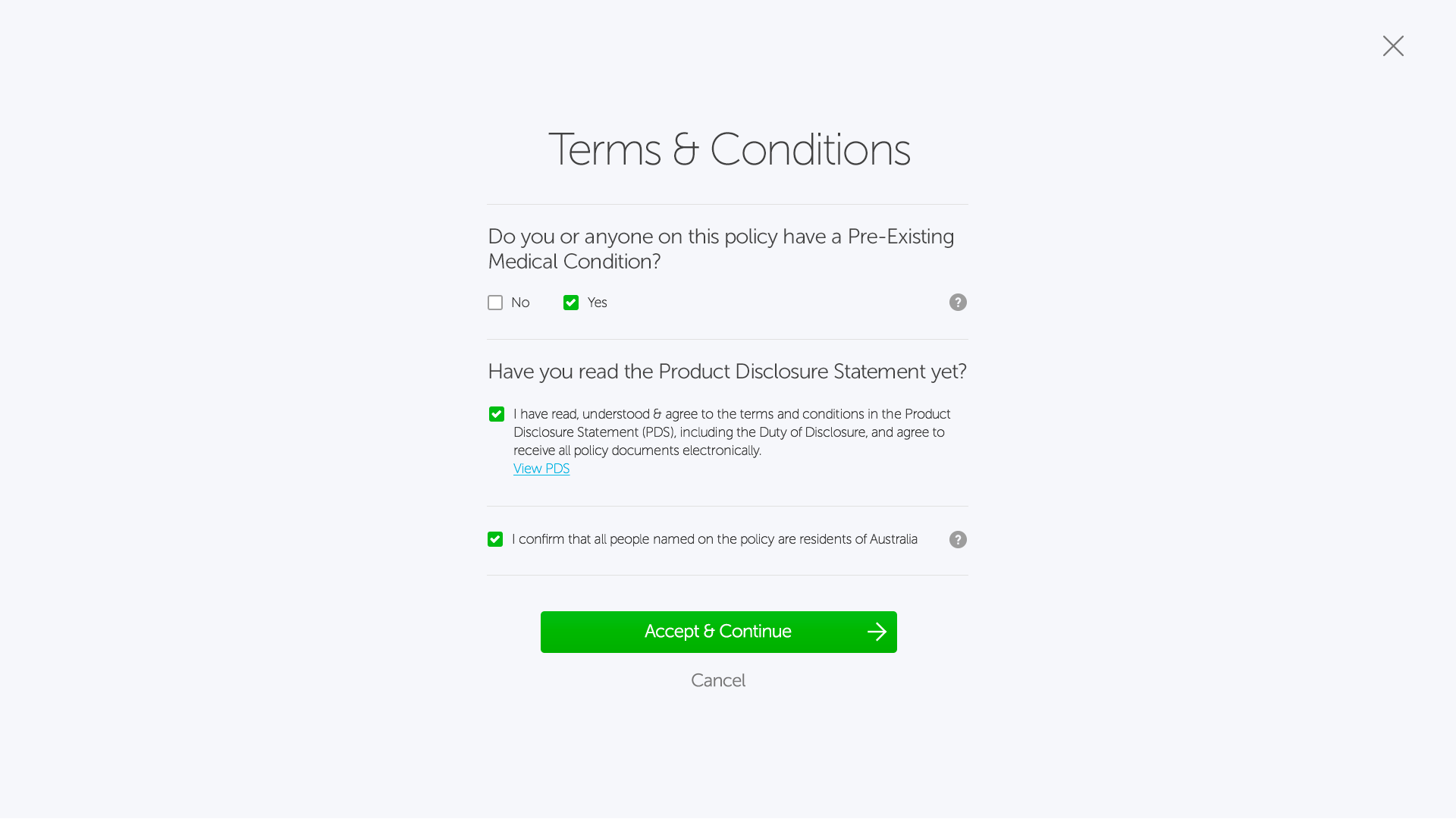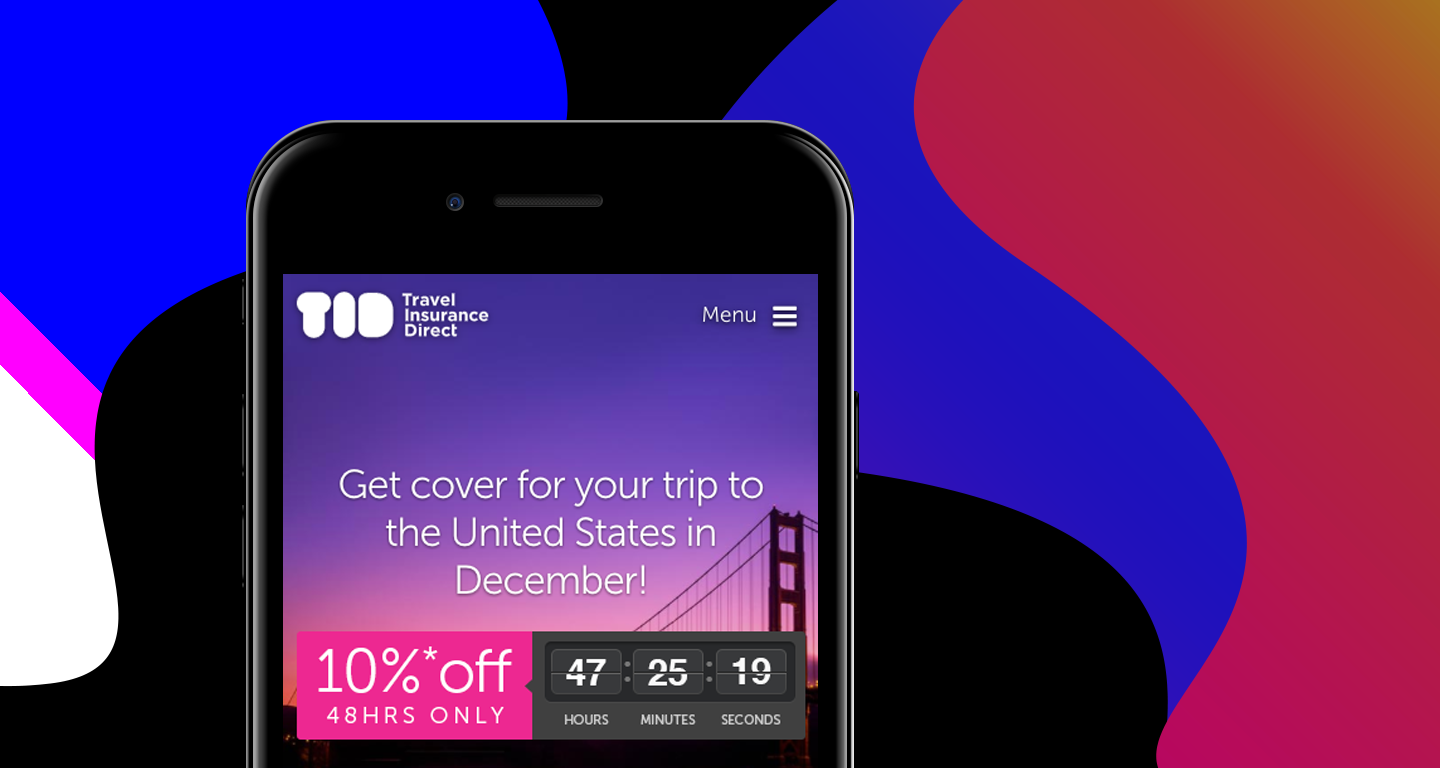

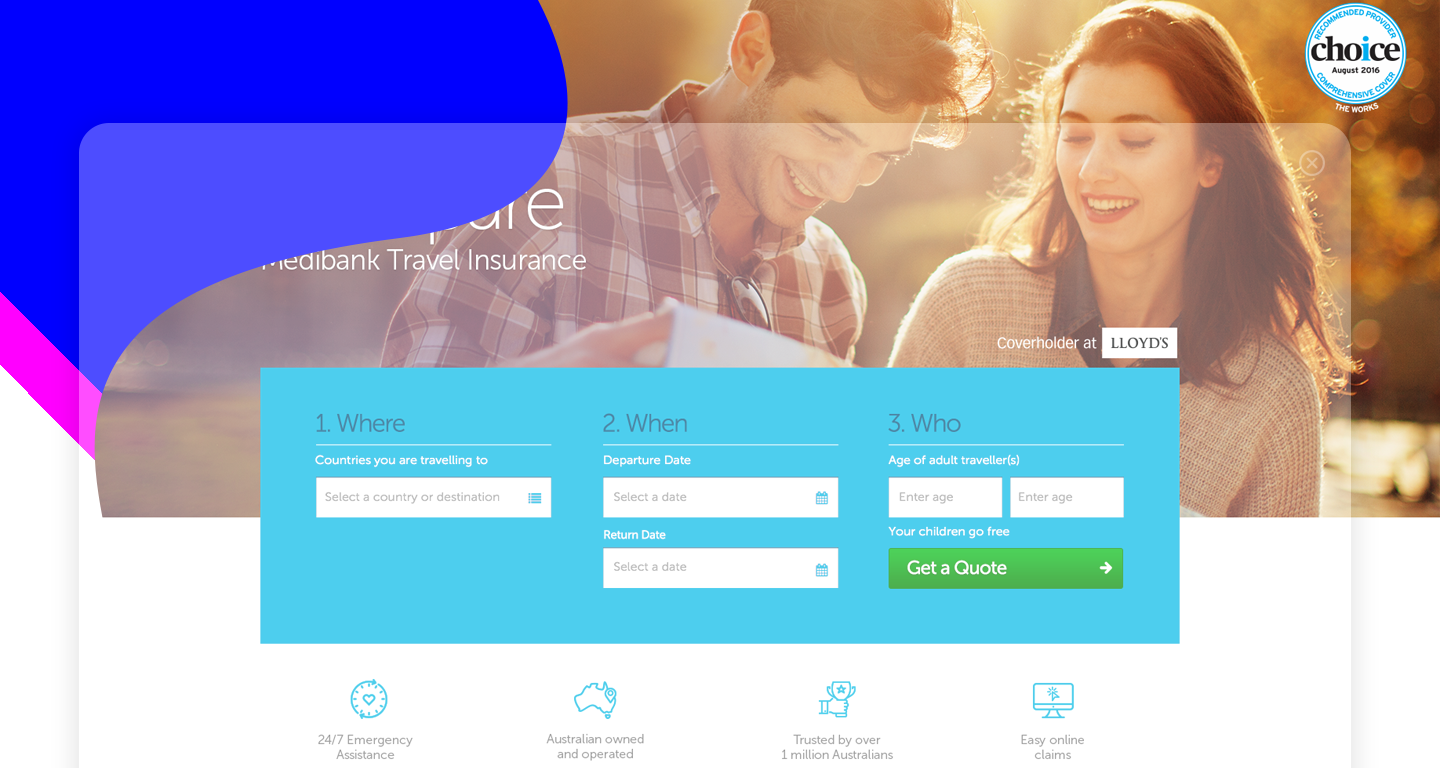


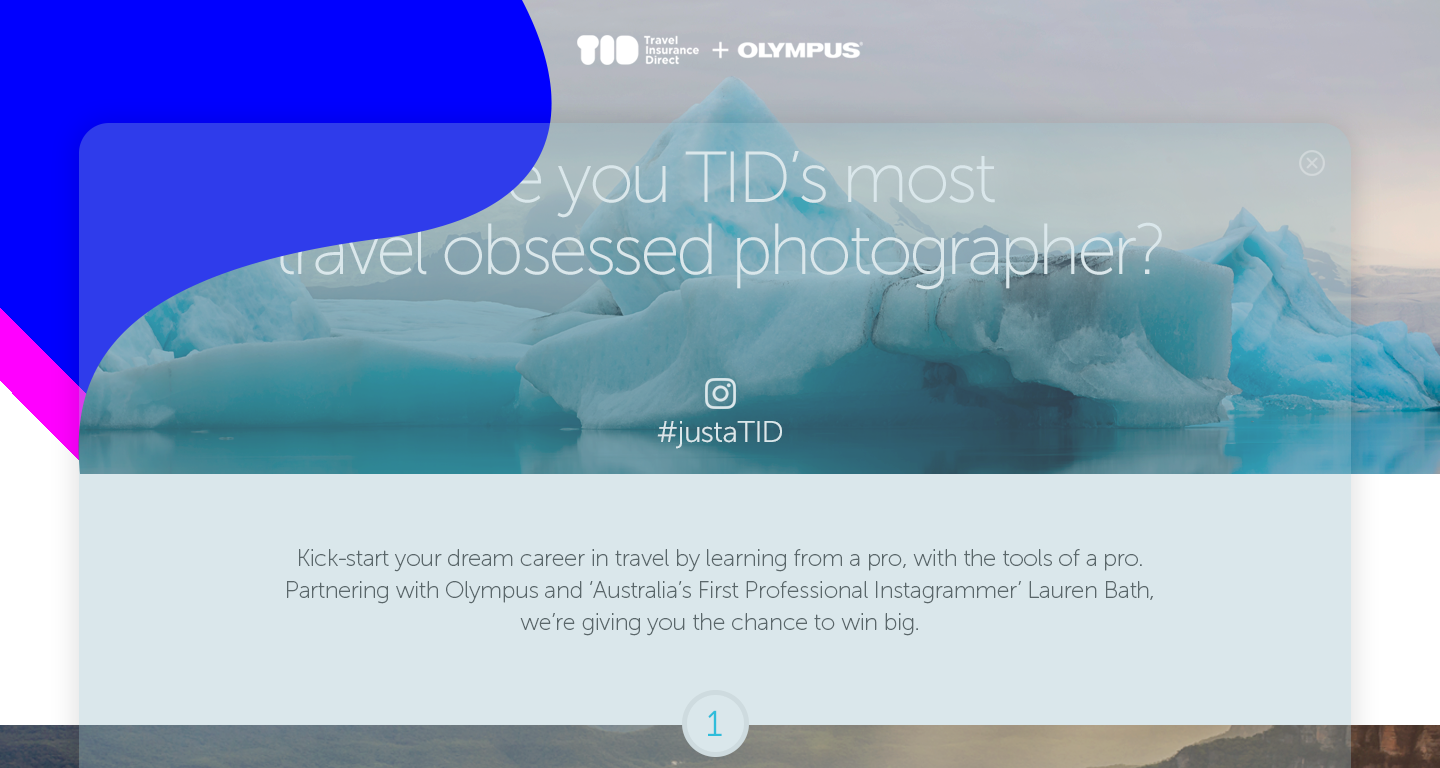






Travel Insurance Direct, known for offering comprehensive travel insurance solutions, has established a strong presence in the market. However, with evolving digital landscapes and changing consumer behaviors, TID recognized the need to upgrade its digital strategy to stay competitive.
The primary objective for Travel Insurance Direct (TID) was to significantly increase conversion rates, transforming visitors who obtained insurance quotes into actual purchasers. Secondary aims included enhancing the mobile user experience, improving user retention and engagement, and strengthening TID's brand reputation and trust, which are particularly important in the insurance sector.
TID faced a significant issue with their website, which was not optimally optimized for mobile users. This led to challenges such as difficult navigation and slow loading times on smaller screens. Furthermore, the journey from obtaining a quote to completing a purchase was complex and often unclear, resulting in potential customers abandoning their transactions. There was also a clear disconnect between what users expected and the actual experience provided by the website.
A critical part of the process was understanding and addressing the specific needs and behaviors of the target audience, especially mobile users. Balancing the business objectives with user needs was another significant hurdle, as the redesign needed to meet business goals like increased conversions while substantially enhancing the user experience. These objectives had to be achieved within specific time and resource constraints, necessitating a shift in organizational culture towards embracing a lean UX process.
Recognizing these issues, TID aimed to revamp its website with a focus on mobile responsiveness. The goal was to streamline the customer journey, making it intuitive and user-friendly, thereby increasing conversion rates and enhancing customer satisfaction. The implementation of a lean UX design process was identified as a key strategy to achieve these objectives.
During the research phase for Travel Insurance Direct's (TID) project, a comprehensive approach was adopted to understand customer behavior and preferences in the context of travel insurance products.
This comprehensive user research formed the foundation of TID’s UX design process, ensuring that the redesign was deeply rooted in real user needs and behaviors.
Simultaneously, the team initiated a lean UX design process. This involved creating conventional compositions of user stories, scenarios, and acceptance criteria, which helped in understanding the users' needs and expectations from the website. These user stories were instrumental in defining the scope and objectives of the redesign.
The team focused on generating and refining ideas to improve the website's user experience, particularly for mobile users. This phase was characterized by creative brainstorming and strategic planning, with the aim of translating user research insights into actionable design solutions.
Initial design concepts were translated into wireframes and prototypes. The team ideated on how to seamlessly integrate customer testimonials and sign-up options for travel alerts, news, and deals. It provided a tangible way to test and iterate on ideas before full development.
A diverse group of users was chosen, representing TID's target audience for user-testing. Specific scenarios and tasks were designed to simulate real-world use of the TID website. These tasks were aligned with key user journeys, such as obtaining a quote, comparing insurance plans, and navigating through new widgets.
This user-testing phase was critical in ensuring that the redesigned TID website was not only aesthetically pleasing but also highly functional and user-centered. By closely involving real users in the testing process, TID was able to gain valuable insights and make informed decisions to enhance the overall user experience.
This phase involved translating the high-fidelity prototypes and design specifications into a functioning website.
A key aspect was the adoption of an agile development methodology, allowing for flexibility and continuous improvement based on ongoing testing and feedback. The development was iterative, with regular sprints and review meetings to assess progress, address any technical challenges, and ensure alignment with the project's goals.
Throughout this process, the new widgets like 'Get a Quote in 3 Easy Steps', the interactive comparison tool, and the enhanced user journey and navigation structure. Special attention was given to integrating these features seamlessly with TID’s existing systems and databases to ensure a smooth, error-free user experience.
The implementation phase was also characterized by rigorous quality assurance testing, including cross-browser and cross-device testing, to ensure that the website was reliable and functioned as intended across all user touchpoints.
A/B Testing: Traffic was then divided between diffeerent versions to see which performed better in terms of user engagement and conversion rates. Key metrics such as click-through rates, time spent on the page, and completion of insurance purchases were monitored. This testing was instrumental in understanding which design elements most positively impacted user behavior and decision-making.
Tracking Analytics: Tools like Google Analytics and Fullstory provided insights into user behavior, site traffic patterns, and engagement levels with the new features. Metrics such as page views, bounce rates, session duration, and conversion funnel performance were analyzed. The analytics helped identify which parts of the website were most effective and which areas still needed improvement.
Through A/B testing and tracking analytics, TID could make informed, evidence-based decisions to fine-tune the website's design and functionality, ensuring alignment with user preferences and business objectives. This iterative process of testing, measuring, and refining was crucial for achieving the desired improvements in user experience and conversion rates.
Several key outcome metrics were observed to measure the success and impact of the project.
One of the most significant metrics was the increase in conversion rates – the percentage of visitors who completed a purchase after obtaining a quote.
Metrics such as average session duration, pages per session, and lower bounce rates pointed towards enhanced user engagement. The more intuitive and user-friendly design likely contributed to users spending more time on the site and exploring more pages.
Metrics like mobile session duration, mobile conversion rates, and reduced mobile bounce rates demonstrated the success of the mobile-first approach, showing that users found the mobile experience more satisfactory.
User feedback and satisfaction scores, collected through post-interaction surveys, revealed higher levels of customer satisfaction.
An increase in the rate of return visitors suggested that the new design was successful in not only attracting users but also in encouraging them to return, indicating improved user retention.
A decrease in customer support queries, especially those related to website navigation and the purchase process, was another positive outcome.
In conclusion, the improvement in the TID website using a lean UX design process stands as a testament to the adoption of agile methodologies, and a mobile-first strategy proved crucial in meeting the demands of the modern digital landscape.


